By Rabbi Yair Hoffman for Jewishlink.news
Ben Gvir is certainly a controversial figure. On the one hand he has had some very positive effects that strengthen the idea that the land of Eretz Yisroel is the homeland of the Jews.
On the other hand, as the Sephardic Chief Rabbi of Israel has just pointed out, his actions have had a devastating effect upon Jewish people violating the sanctity of Har haBayis.
According to the Jerusalem Post, this past Motzai Shabbos, the Sephardi Chief Rabbi Yitzhak Yosef condemned National Security Minister Itamar Ben-Gvir’s visits to the Temple Mount.
He said, “There’s one minister in the government, I don’t want to say his name, he’s not worthy of having his name mentioned here.. He enters the Temple Mount publicly, sins and causes others to sin. Because of him people falter and enter the Temple Mount.”
Most major poskim forbid walking on Har HaBayit nowadays. Those rabbanim who permit it, have some questionable suppositions. We will point them out later in this article.
But everyone will admit that there are thousands of people now, who are not careful to adhere to the guidelines that the permissive Rabbis give. An analogy might be in order here.
In the early 1970’s, the visitor’s platform above the Grand Canyon had a fence that was slightly elevated above the ground. It began about 8 inches above the ground. A family had brought their short family dog along with them. The dog escaped the grasp of the family member holding it and ran around the platform, oblivious to the fact that the fence did not guard it from falling off the cliff and plummeting to certain death.
That day, virtually every visitor to that Grand Canyon platform made their best effort to catch that dog. Alas, save for the lone voice of Rabbi Yitzchok Yoseph, the majority of our public are not as concerned as those people at the vistor’s platform over a half century ago.
Those Rabbis who permit going onto Har haBayis, draw a distinction between the current area of the Temple Mount and the dimensions of Har HaBayit discussed in the mishnah in Midos (2:1). the mishnah tells us that Har HaBayit is 500 amos by 500 amos. The current area of Har HaBayit is 1,601 feet by 1,542 feet. On the north—south side, it is less (1,033 and 919 feet).
THE QUESTIONABLE SUPPOSITIONS
The first supposition that those who permit it make, is that the current state of Har HaBayit is that it is double the size of what is mentioned in the mishnah. There are two problems with this. First, Torah sources sometimes round off or approximate measurements. The number 500 by 500 is very likely an approximation. The second problem is that we do not know the exact dimensions of an amah. Some say it is 18 inches; others say 21.25 inches or 23 inches; and a good argument can be made that it is less than 18 inches as well.
The second supposition made by those who permit entry onto Har HaBayit is that Rashi’s p’shat in the Gemara in Yevamos (7b) is in error. We contend, however, that Rashi’s p’shat is the authoritative understanding of the underlying issue, and has been the normative halachah for many centuries.
But let’s give a brief background.
Yehoshafat, the king of Yehudah, was under intense pressure. The powerful armies of Ammon, Moav, and Seir had combined forces to attack Eretz Yisrael (see Divrei HaYamim II 20:5). Frightened, Yehoshafat turned to Hashem, declared a fast, and gathered the people to Yerushalayim to the Beis HaMikdash to daven fervently to Hashem. He davened in the “new courtyard.”
THREE INTERPRETATIONS
There are three interpretations to the term “new courtyard.” The RaDak and Metzudas Dovid both suggest that it is possible that some sort of improvement was made in the courtyard. The Gemara in several places, according to Rashi, tells us that there was a new enactment involving the Beis HaMikdash, promulgated at that very time, forbidding a t’vul yom from entering into the Camp of the Levi’im–the Temple Mount.
This additional enactment endowed the entire Makom HaMikdash with a higher level of sanctity. The term “new courtyard” refers to this new enactment, and the courtyard that is referenced is the entire area. The third interpretation is that the “new courtyard” refers to the ezras nashim only.
PROOF FROM A RISHON
The Kaftor Vaferach (a Rishon who tells us the minhagim of the Jews in Eretz Yisrael and the Makom HaMikdash) in chapter six tells us that Jews observe the second definition of “new courtyard” as being the exact walls of the then current Har HaBayit. Since he lived in the 1300s, the reference is to our contemporary wall dimensions. The Teshuvas Ramoh (#25) cites this ruling as authoritative and, until very recently, it has always been observed. The Sefer HaManhig (s.v. “Baal keri”), citing the rulings of the Geonim, explains that it was only during the Temple times that a t’vul yom could immerse and wait a day. However, nowadays, when it is impossible to rid ourselves of the impurity of the dead, removing the tumah of baal keri is impossible while we still retain the impurity of the dead.
So even though the mishnah in Keilim indicates that the impurity of the dead does not necessarily directly impinge upon going onto Har HaBayit itself, it does do so by not allowing our tumas keri to be completely removed. Those that advocate treading upon Har HaBayit either disagree with this Sefer HaManhig, with the Geonim he cites, or have figured some other reading of this Sefer HaManhig. This position fits the normative practice cited in Rav Ovadiah Bartenura’s letter to his father that Jews would not go up to Har HaBayit even if the Muslims would have allowed them (the letter is cited in the responsa by Dayan Weiss).
[It should be noted that Rav Moshe Feinstein I.M. O.C. vol. II #113 does seem to disagree with the Sefer HaManhig’s understanding of undoing impurity, but the other issues are still relevant. Also, most of the other poskim seem to abide by the Sefer HaManhig.]
IS THE AL SAKARA TRULY THE EVEN SHESIYA?
Another supposition made by those who advocate going onto Har HaBayit is that their measurements are accurate based upon the idea that the current rock known as the al Sakara is one and the same as the Even Shesiya discussed in the mishnah in Yuma. Many Torah authorities as well as secular archaeologists question this identification.
While some of those who advocate going onto the Temple Mount cite the Radbaz (responsa #691), who does make this identification, there are some very serious discrepancies in the responsa of the Radbaz that have been pointed out by the leading poskim of the generation, including Rav Ovadiah Yoseph, Rav Waldenberg, zt’l (Tzitz Eliezer vol. X #1), and Dayan Weiss (vol. V #1).
When dealing with an issue of Kareis the custom in K’lal Yisrael has always been to be stringent. Here we have three leading poskim who tell us with very stern warnings, “Stay Away!” Why ignore them?
THE PHOTOGRAPH
A fourth assumption made by those who advocate treading upon Har HaBayit is based upon a 19th-century photograph that was found of Har HaBayit. The assumption is that the raised platform in the photo is the actual Har HaBayit referred to in the mishnah.
There are further indications from various sources in the Acharonim that the walls extend past the areas pointed to in the picture (Pe’as HaShulchan by a student of the Vilna Gaon, Rav Yisroel of Shklov, Eretz Yisrael 3; addendum to Kaftor Vaferach).
DISAGREEING WITH THE CHOFETZ CHAIM
Many of those whose opinions promote going onto Har HaBayit do rely to some degree on the opinion of the Raavad, who rules that the sanctity of the Temple Mount is not as in force as it was when the Temple stood. Rambam, of course, disagrees, and the Mishnah Berurah rules fully in accordance with the Rambam.
NOPE, WE AIN’T ZAVS
There is also the issue of whether everyone in contemporary times has the halachic status of a zav. Both Dayan Weiss and the Tzitz Eliezer rule that everyone does. Those who advocate for treading on Har HaBayit disagree with this contention.
DISRESPECTING RAV KOOK
Finally, Rav Kook (Mishpat HaKohein #96) himself writes that even according to the view of the Raavad, there is still a rabbinic prohibition of entering the Temple Mount. He explains that Chazal felt that the reverence and respect for the Makom HaMikdash is greater in not going there, than in visiting it. Modern advocates of treading on Har HaBayit indicate that Rav Kook would have changed his mind if he had been given their new evidence. But intellectual honesty would yield quite a different theory.
In short, the overwhelming view of poskim, chareidi and otherwise, simply do not agree that Jews may or should go up to Har HaBayit. While the sentiment is certainly understood, and one cannot fault those who genuinely believe that it is halachically permitted, it is still a very serious issue.
The Chief Rabbi of Israel is, therefore, significantly more on the mark than Ben Gvir.
The author can be reached at [email protected].

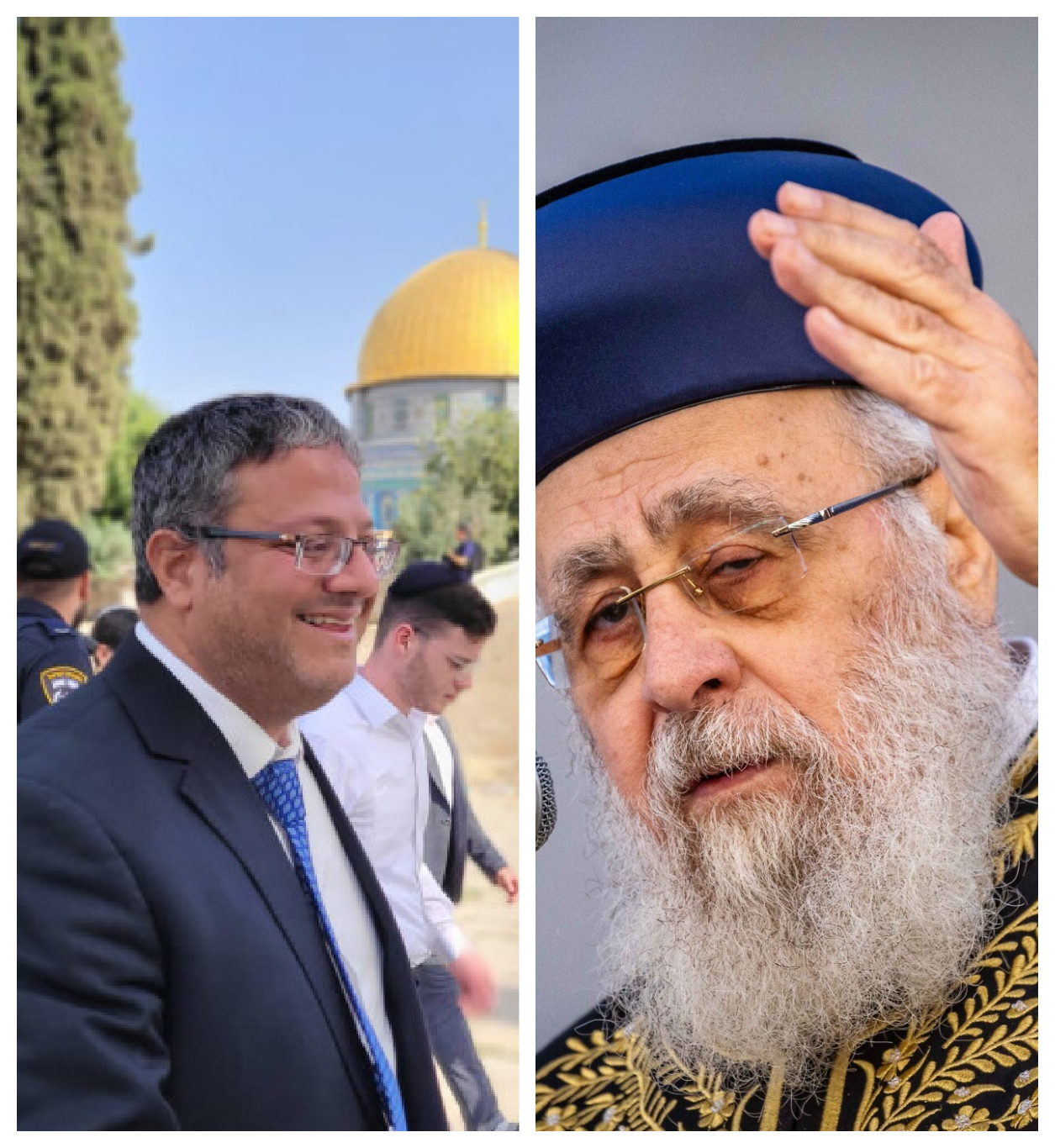


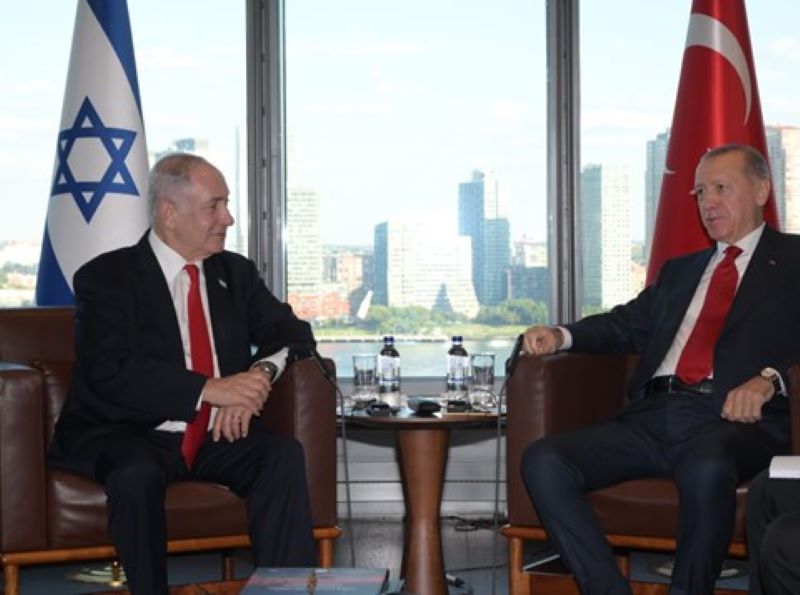
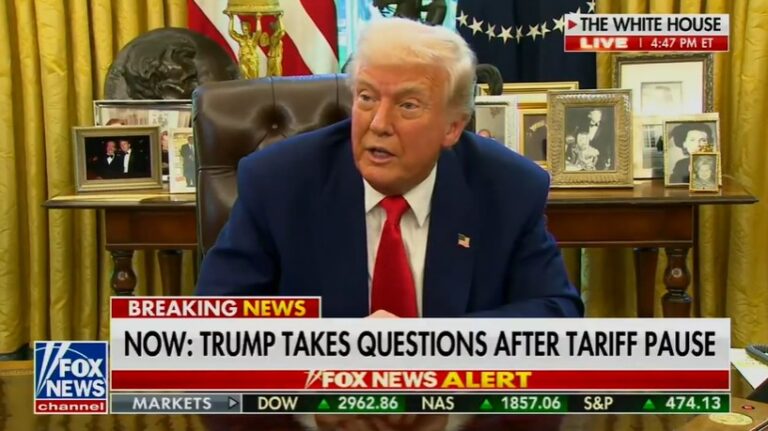


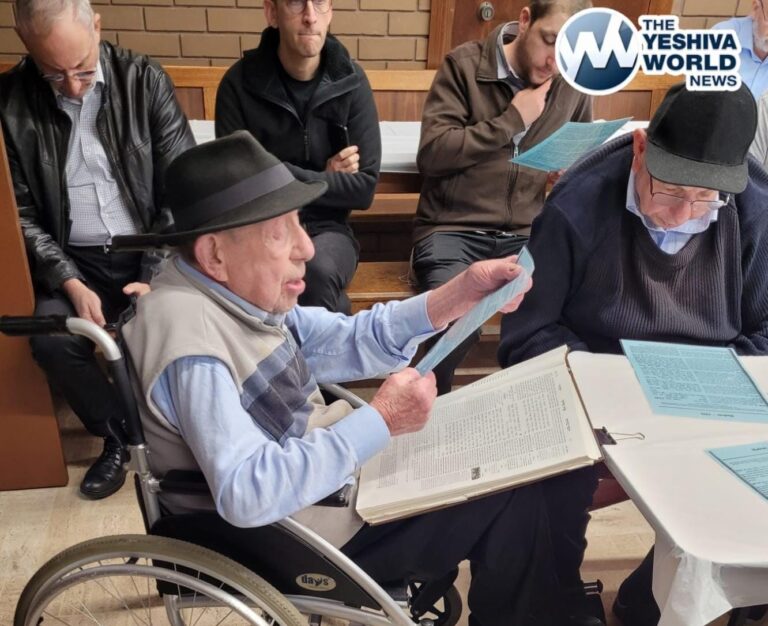

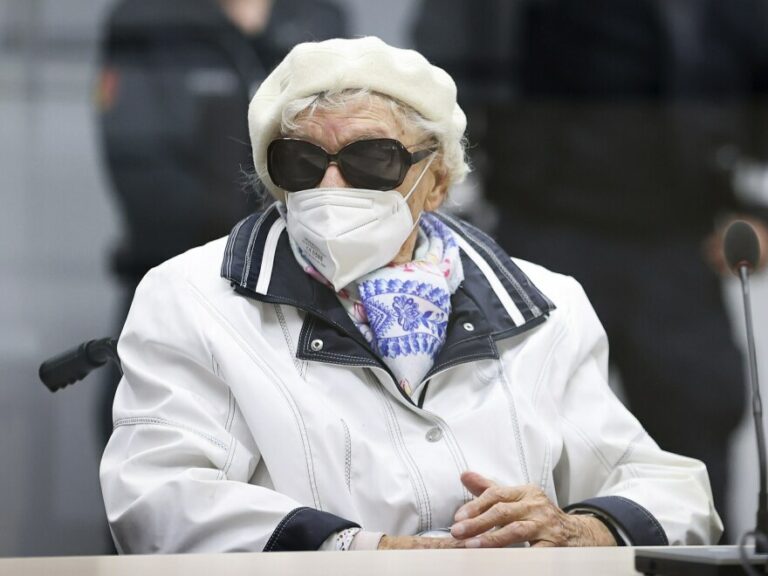
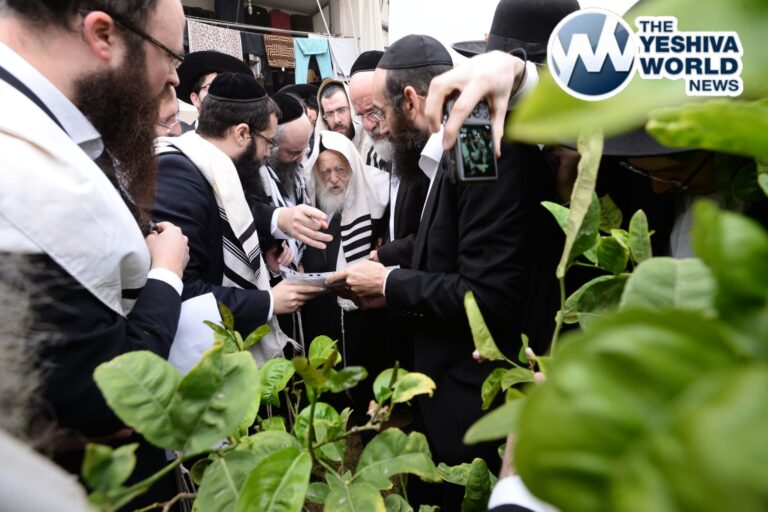
4 Responses
Just wondering – will YWN give a platform for the Halachic arguments who allow going on the Har haBayis after going to the Mikva? An open, RESPECTFUL, discussion is called for here.
BTW, the pshat of the Sefer haManhig as brought here – making a diyuk from “v’taher” to say that one needs to be totally Tahor after going to the Mikva for Keri to be allowed to go on the Har haBayis seems to be a stretch. We never, ever make a similar diyuk in cases where it uses the word v’taher to say that something that is muttar only after tvila is only muttar if all forms of tumah – including Tumas Meis – have been removed (v’hameivin yavin). Why such a diyuk here only?
an Israeli Yid
I do not doubt the correctness of the wise Rabbi’s halachic analysis, and I do not doubt that under NORMAL circumstances, it is prohibited to ascend the holy Har HaBayit.
However, we are NOT dealing with NORMAL circumstances!
We are confronted with a very strange situation, in which very-hostile non-Jews are seriously attempting to take the Har HaBayit away from Jews [permanently], and they are doing everything they can to erase the Jewish identity of the Har HaBayit, and replace it with a false non-Jewish identity [permanently].
Therefore, to save the Har HaBayit from falling into very hostile non-Jewish hands [permanently], and to save the Har HaBayit from being falsely re-defined as a non-Jewish house-of-worship [permanently], our distinguished Rabbis [may they live until 120 years] should temporarily forget the normal Halachah, until these serious dangers are past [IYH].
This website allows ninkumpoops to spew nonsense on matters of issur koreis, I think it should close down
Square root. You are talking absolute kefira. You are sounding like a conservative jew.